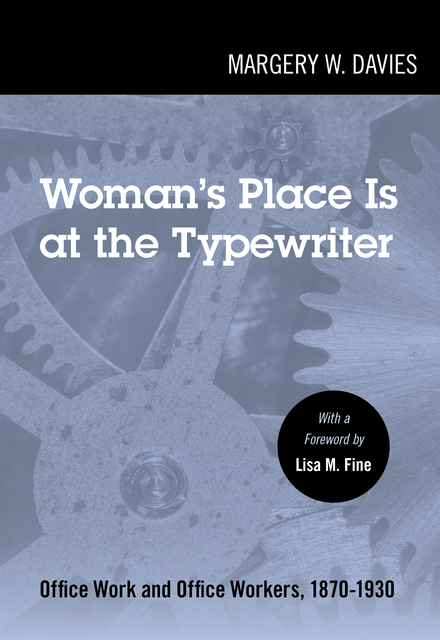Woman's Place Is at the Typewriter
Office Work and Office Workers, 1870-1930
With a Foreword by Lisa M. Fine
Before 1900, male clerical workers, as apprentice capitalists, performed a wide variety of tasks that helped them learn the business. By 1930, the class position of clerical workers had changed, and autonomous male clerks were transformed into working class females—a "secretarial proletariat."
From the time the first female office worker was hired by US Treasurer General Elias Spinner during the Civil War and it became apparent that female labor was cheaper than male, women became increasingly visible in the office. Davies accounts for this by discussing the decrease in productive work in the home, the perceived higher status of office work, and the better working conditions in offices. She also looks at scientific office management, which crystallized labor specialization and helped eliminate worker control over work. Examining the role of the private secretary, she concludes this apparently more attractive position served to mask the realities of typical office work.
Based on business histories, corporation records, correspondence. and even fiction, Davies’ work demonstrates how the feminization of clerical work is historically specific rather than ordained by nature; how it reflects the peculiar forms which patriarchy have assumed in the United States; and how the working class status of contemporary office workers began to take shape at the end of the nineteenth century.
Table of Contents
Metadata
- isbn9781439918173
- restrictionsCC-BY-NC-ND
- rightsCopyright © 1982 by Temple University—Of The Commonwealth System of Higher Education
First published 1982. Reissued 2018.


